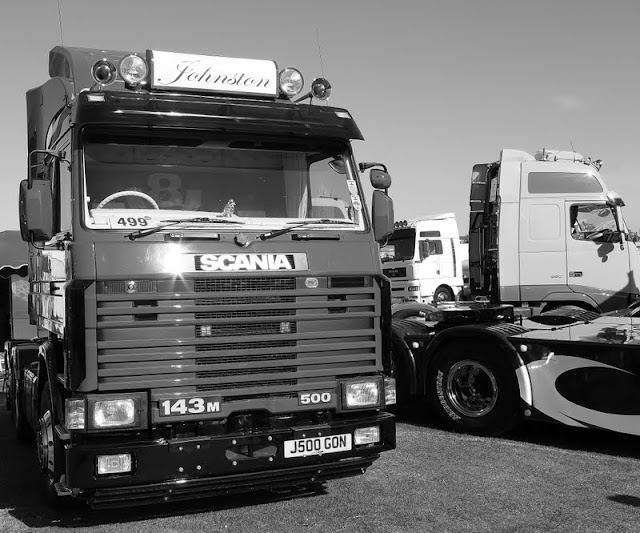I have again converted all images to greyscale in order to help see the lines/patterns first and not be influenced by colour.
Vertical
Photograph 1:
 |
| Canon EF 24-105mm f/4L IS USM lens, 105.0mm, f/22.0, 1/125s. ISO160 |
Photograph 2:
 |
| Canon EF 24-105mm f/4L IS USM lens, 105.0mm, f/22.0, 1/125s. ISO400, +0.33 |
Photograph 3:
 |
| Canon EF 24-105mm f/4L IS USM lens, 85.0mm, f/22.0, 1/100s. ISO400, +0.33 |
Photograph 4:
 |
| Canon EF 24-105mm f/4L IS USM lens, 45.0mm, f/8.0, 1/60s. ISO100 |
I did notice that all but one of my vertical shots were shot with the camera in the vertical position. This was subconscious but I do feel it emphasises the vertical aspect of the image. If I were to shoot these images again I think I would deliberately shoot them in the horizontal plane as the image itself should portray vertical.
Horizontal
Photograph 1:
 |
| Canon EF 24-105mm f/4L IS USM lens, 80.0mm, f/22.0, 1/60s. ISO400, -1 |
This photograph of a pile of railway sleepers was difficult to categorise into horizontal or vertical. I decided that the horizontal lines was dominant.
Photograph 2:
I like how the gate frames the photograph and the viewer sees the the vertical lines of the gate bars before seeing the miniature horse.
Photograph 3:
Photograph 2:
 |
| Canon EF 24-105mm f/4L IS USM lens, 85.0mm, f/22.0, 1/600s. ISO320, +0.33 |
Photograph 3:
 |
| Canon EF 24-105mm f/4L IS USM lens, 105.0mm, f/16.0, 1/500s. ISO400 |
Even though the horizon is not horizontal I think the horizontal lines of the different fields and roads work in making this image suggest horizontal.
Photograph 4:
I shot this grill of a lorry and liked how the grill formed horizontal lines leading the eye across the frame.
Vertical and horizontal lines have two kinds of quality in an image - a graphic and an expressive association. The graphic qualities are they make a division, help locate things inside the frame and have a sense of direction. Expressive associations are more vague, horizontal lines tend to be more static (horizons etc) and vertical lines have more sense of movement and confront the viewer.
Photograph 4:
 | |
|
Vertical and horizontal lines have two kinds of quality in an image - a graphic and an expressive association. The graphic qualities are they make a division, help locate things inside the frame and have a sense of direction. Expressive associations are more vague, horizontal lines tend to be more static (horizons etc) and vertical lines have more sense of movement and confront the viewer.